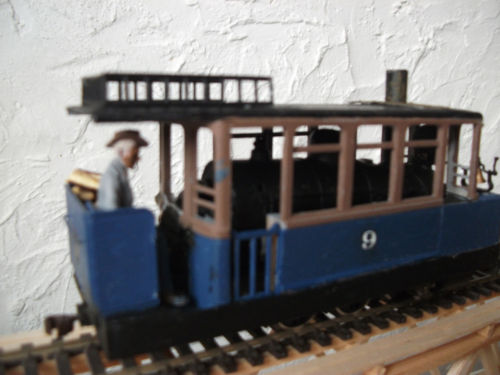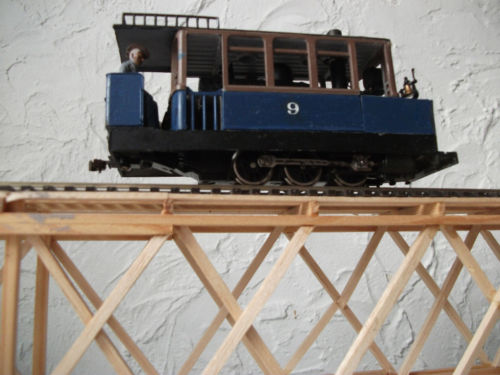

James
|




|


Replies sorted oldest to newest
quote:Originally posted by Lee 145:
It's plausible.
Although there were Fire Horses pulling raging boilers of water, coal and hellfire to the fire asap in Baltimore years ago...
Maybe these fire horses were special somehow.
While steam dummies are known for street railway and elevated lines applications,
some of them got pretty far afield after that era, or when replaced by electric steetcars and interurbans. "Hercules", the steam dummy that hauled tourists
from the L&N to the cave, on the Mammoth Cave RR, with what looks like a cobbled up in their shops, (outside sliding door) combine coach, is preserved, with a recent restoration, on the grounds of the National Park in Kentucky. That coach is maybe
a little longer than but similar to a Sierra RY coach.
It, with one or more companions (I think they rostered two dummies), made its way through rural Karst topography (limestone sink cave country). My brother and I used to climb on it as kids long before it was sheltered and fenced in, and the lodge there was a big old white frame wooden firetrap hotel, probably historical, but now gone.
I just found my kitbashed model of it, using a three rail chassis, while digging through
boxes.
I have read of and have seen one photo of them being used on logging roads as cheaply available power. I am betting a lot of them went to industries, and probably
were modified.
Access to this requires an OGR Forum Supporting Membership
